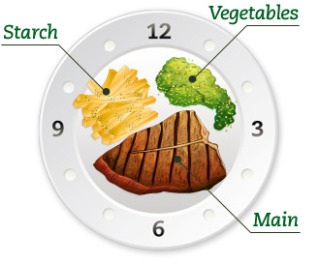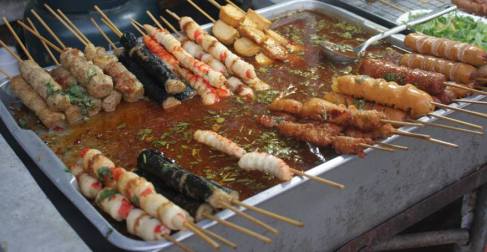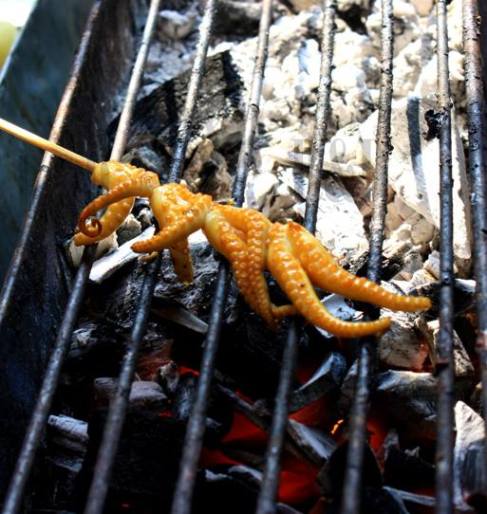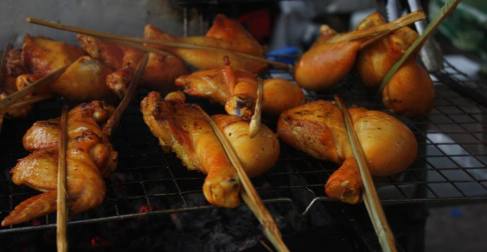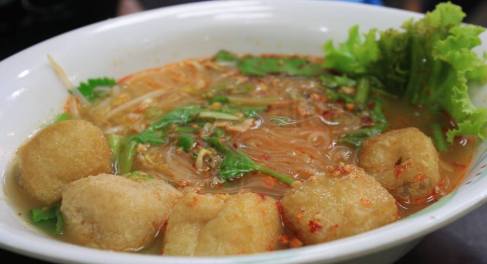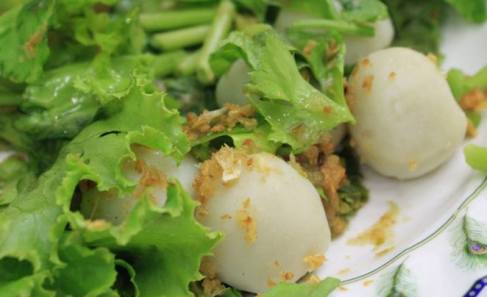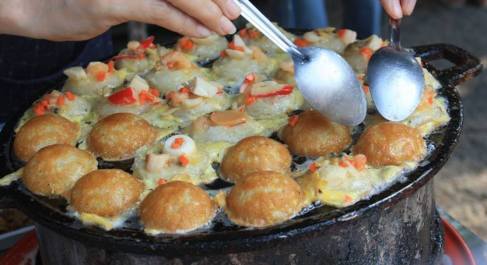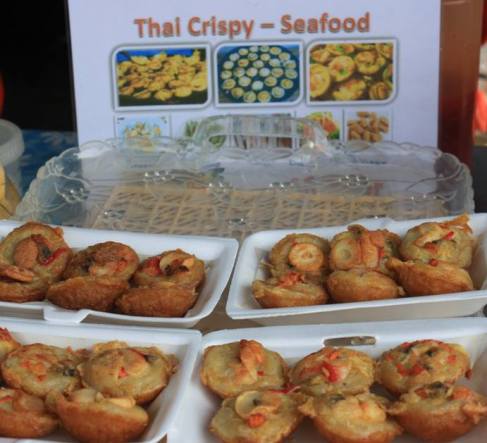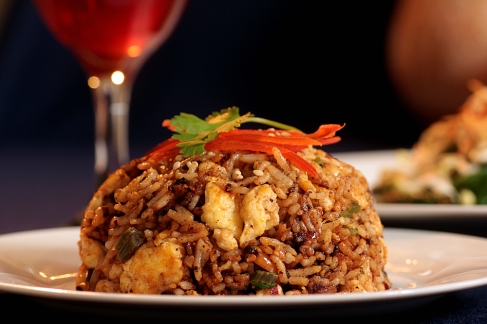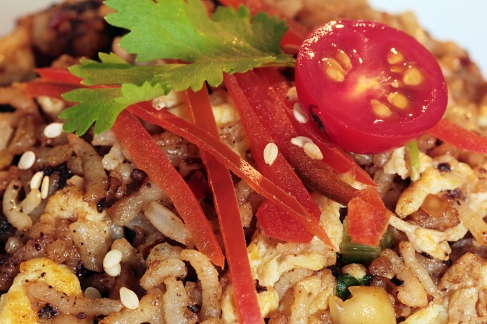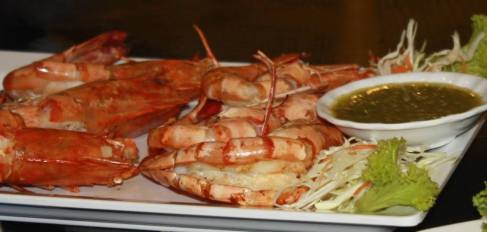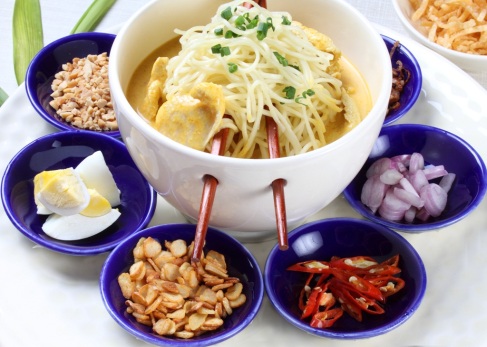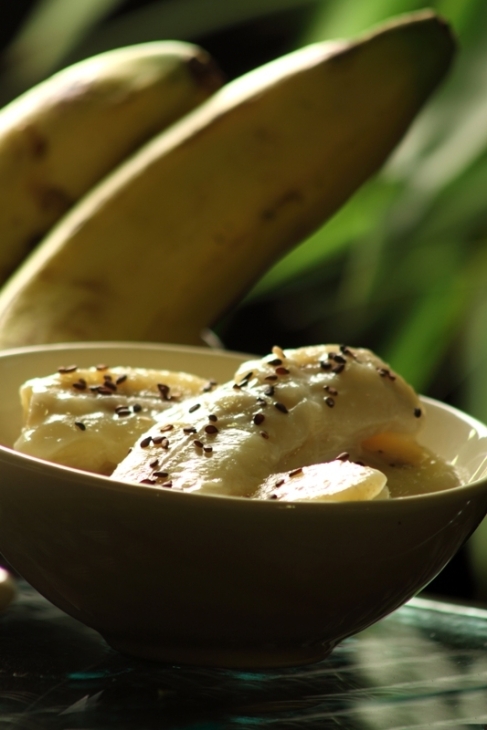This potato dish is one of the simplest dishes you can quickly stir at home. It can usually only be found in very authentic Sichuan restaurants. I came across this wonderful dish when I started working in China House Restaurant in Mumbai around a decade ago and observed my East Asian Chef friends from Sichuan stir this dish up for their own lunch as it was a dish they used to cook regularly for their home cooking back in their hometown. One thing I can assure you of though…I fell in love with it instantly.
You may be surprised to know that potatoes are rarely considered a starch in Far East like in India. Unlike noodles, rice and baos, potatoes are often eaten as a vegetable. This dish is a perfect match with your main course which is quite similar to us Indians enjoying a potato dish with our rotis & chapatis or as a side sabzi with the main course. In this dish, the potatoes are actually crunchy and full of flavor, because a lot of the starch has been rinsed away.
The key to successfully executing this recipe is making sure the potatoes are julienned really thinly. A mandolin slicer would be perfect to make the potato strings thin and uniform. Trying to cut the potatoes by hand might work well if you have really practiced well and are really good at it, else it can be time consuming and the cuts might be uneven. The cuts should be as uniform as possible so that all the potatoes cook at the same time and evenly.

Ingredients:
- 2 large Potatoes (Red Skinned Pahari Potatoes if available)
- 1 tablespoon Chili oil (Lee Kum Kee easily available)
- 1 teaspoon Sichuan peppercorns dried red
- 2 cloves Garlic paste
- 1 Red or Green Bell Pepper (Capsisum) ( de-seeded and julienne)
- 1 teaspoon light soy sauce (don’t use regular or dark soy sauce as it will turn your dish dark brown ( I prefer Golden Mountain Seasoning Sauce)
- ½ teaspoon Sugar
- 1 teaspoon Chin Kiang Vinegar ( If difficult to find use white vinegar)
- 1/2 teaspoon Sesame oil
- 1 tablespoon water or vegetable stock if you have
- Salt to taste
- Spring onion, sliced in slant diamonds to garnish
Wash & peel the potatoes & julienne them, immediately soak in ice cold water for 5 minutes, Strain & set aside. This will reduce their starch & help keep them crunchy & light.
Heat the chili oil in a wok , add the sichuan peppercorn & saute till they release their awesome flavour in the oil. Remove them & discard.
Add the potatoes and julienned peppers. Turn the heat up to high and stir-fry for 30 seconds. Add the soy sauce, sugar, vinegar, sesame oil, veg stock (or water), and salt. Stir-fry everything for a minute and cover for 45 seconds. Uncover, stir in the scallions, and serve!
Thats how easy this recipe is & tastes delicious with just simple plain steamed rice. This dish can also accompany with any other non vegetarian dishes you are planning to cook as a side dish!!
Try it & let me know in the comments!!
